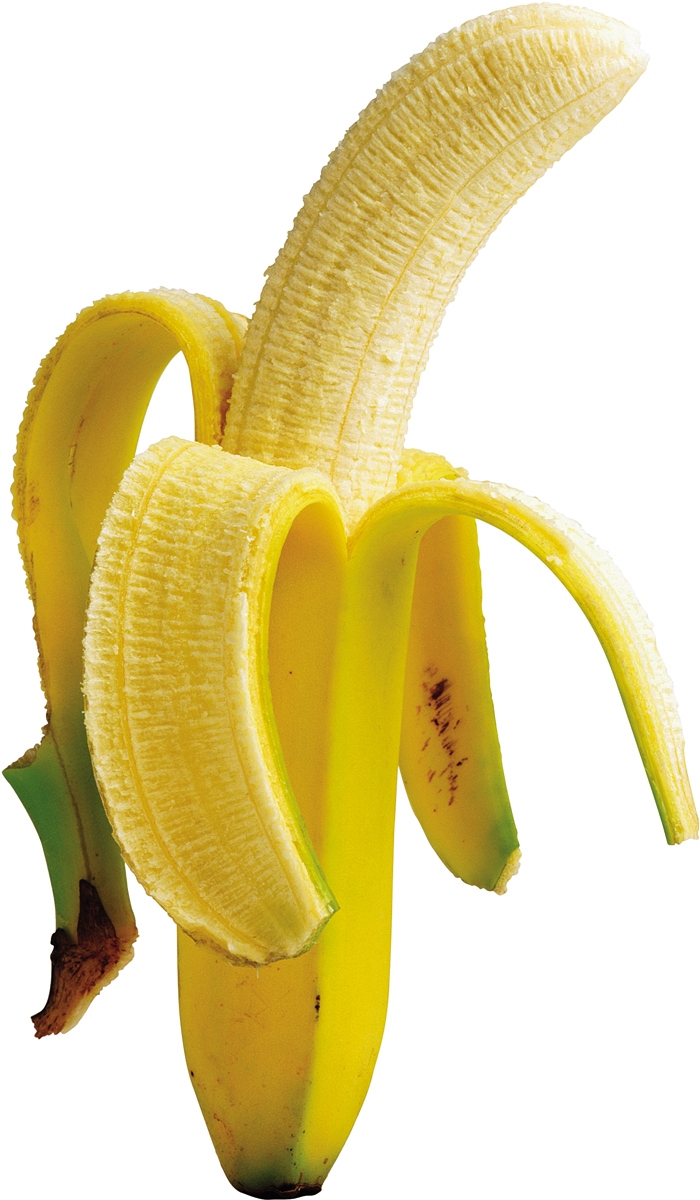Oligopoly
An oligopoly is an industry with only a small number of firms. A producer in such an industry is known as an oligopolist.
When no one firm has a monopoly, but producers nonetheless realize that they can affect market prices, an industry is characterized by imperfect competition.
An industry with only a few firms is known as an oligopoly; a producer in such an industry is known as an oligopolist.
Oligopolists compete with each other for sales. But oligopolists aren’t like producers in a perfectly competitive industry, who take the market as given. Oligopolists know their decisions about how much to produce will affect the market price. That is, like monopolists, oligopolists have some market power. Economists refer to a situation in which firms compete but also possess market power—

Many familiar goods and services are supplied by only a few competing sellers, which means the industries in question are oligopolies. For example, most air routes are served by only two or three airlines: in recent years, regularly scheduled shuttle service between New York and either Boston or Washington, D.C., has been provided only by Delta and US Airways. Three firms—
It’s important to realize that an oligopoly isn’t necessarily made up of large firms. What matters isn’t size per se; the question is how many competitors there are. When a small town has only two grocery stores, grocery service there is just as much an oligopoly as air shuttle service between New York and Washington.
Why are oligopolies so prevalent? Essentially, an oligopoly is the result of the same factors that sometimes produce a monopoly, but in somewhat weaker form. Probably the most important source of oligopolies is the existence of economies of scale, which give bigger firms a cost advantage over smaller ones. When these effects are very strong, as we have seen, they lead to a monopoly; when they are not that strong, they lead to an industry with a small number of firms. For example, larger grocery stores typically have lower costs than smaller stores. But the advantages of large scale taper off once grocery stores are reasonably large, which is why two or three stores often survive in small towns.
Is It an Oligopoly or Not?
In practice, it is not always easy to determine an industry’s market structure just by looking at the number of sellers. Many oligopolistic industries contain a number of small “niche” firms, which don’t really compete with the major players. For example, the U.S. airline industry includes a number of regional airlines such as New Mexico Airlines, which flies propeller planes between Albuquerque and Carlsbad, New Mexico; if you count these carriers, the U.S. airline industry contains nearly one hundred firms, which doesn’t sound like competition among a small group. But there are only a handful of national competitors like Delta and United, and on many routes, as we’ve seen, there are only two or three competitors.
Concentration ratios measure the percentage of industry sales accounted for by the “X” largest firms, for example the four-
To get a better picture of market structure, economists often use two measures of market power: concentration ratios and the Herfindahl–
Herfindahl–
Another measure of market concentration is the Herfindahl–
HHI = 602 + 252 + 152 = 4,450
AP® Exam Tip
You may need to interpret Herfindahl–
By squaring each market share, the HHI calculation produces numbers that are much larger when a larger share of an industry output is dominated by fewer firms. This is confirmed by the data in Table 57.1. Here, the indices for industries dominated by a small number of firms, like the personal computer operating systems industry or the wide-
Table 57.1The HHI for Some Oligopolistic Industries
| Industry | HHI | Largest firms |
| PC operating systems | 9,182 | Microsoft, Linux |
| Wide- |
5,098 | Boeing, Airbus |
| Diamond mining | 2,338 | De Beers, Alrosa, Rio Tinto |
| Automobiles | 1,432 | GM, Ford, Chrysler, Toyota, Honda, Nissan, VW |
| Movie distributors | 1,096 | Buena Vista, Sony Pictures, 20th Century Fox, Warner Bros., Universal, Paramount, Lionsgate |
| Internet service providers | 750 | SBC, Comcast, AOL, Verizon, Road Runner, Earthlink, Charter, Qwest |
| Retail grocers | 321 | Walmart, Kroger, Sears, Target, Costco, Walgreens, Ahold, Albertsons |
Source: Canadian Government; Diamond Facts 2006; www.w3counter.com; Planet retail; Autodata; Reuters; ISP Planet; Swivel. Data cover 2006–